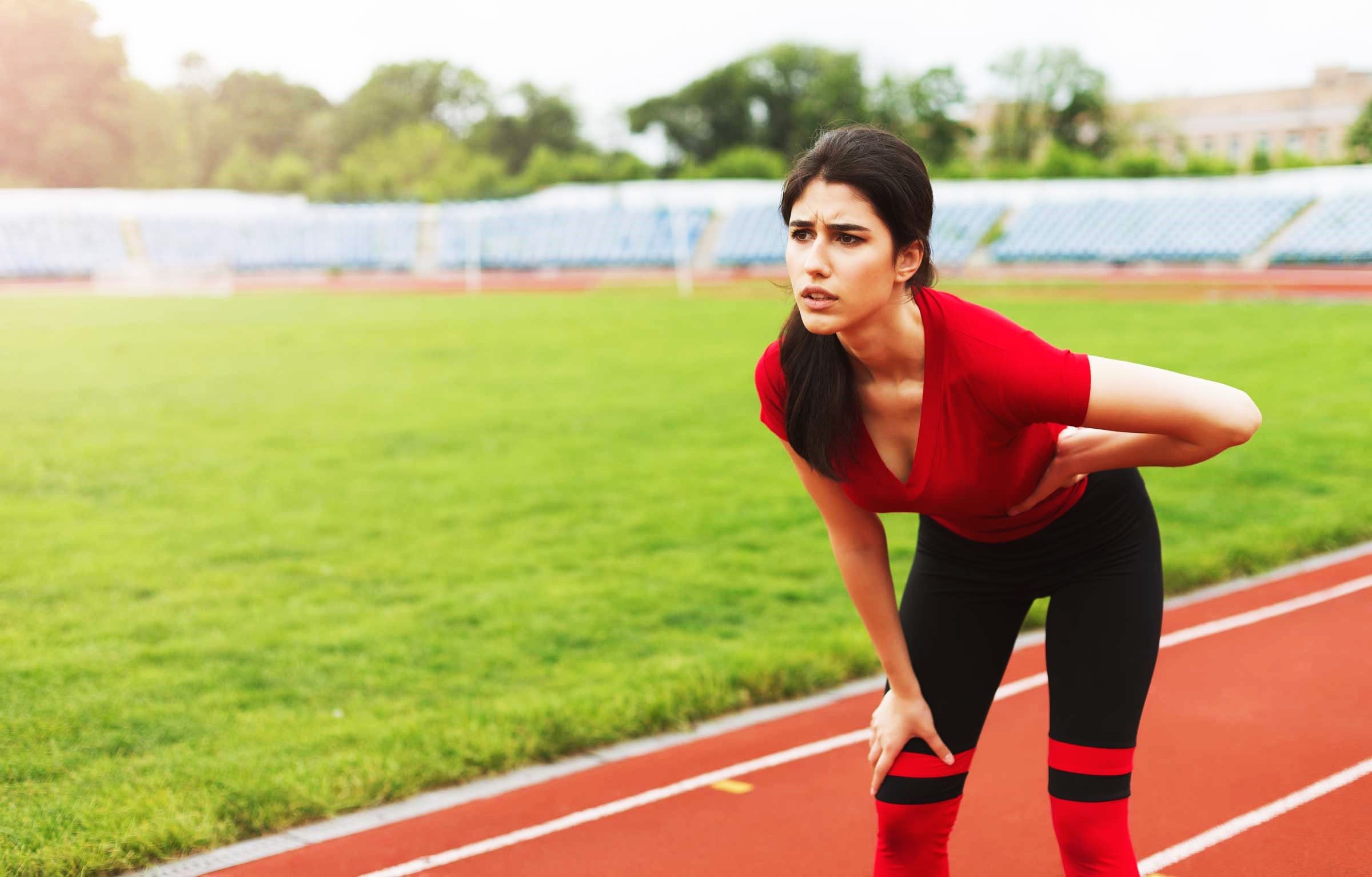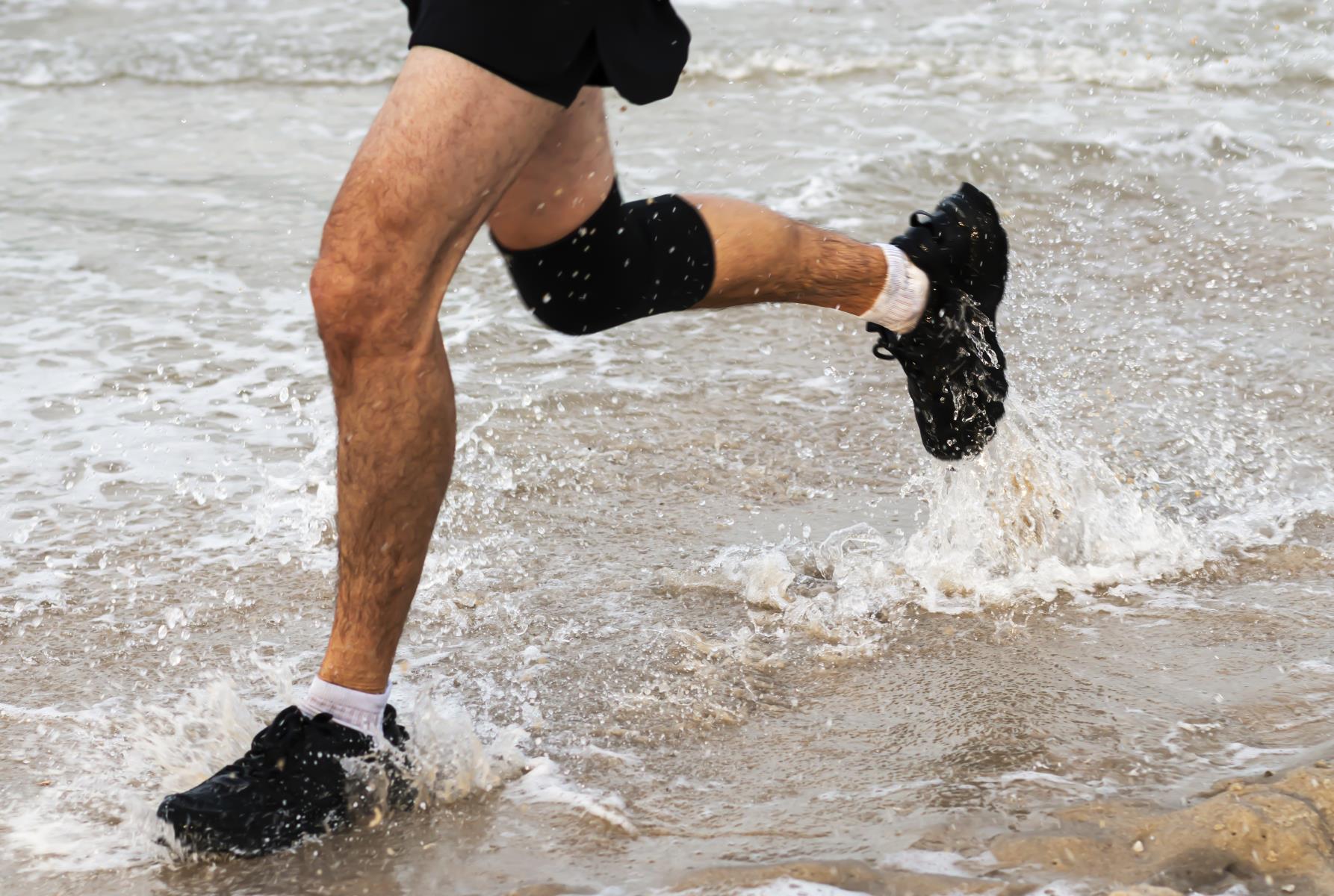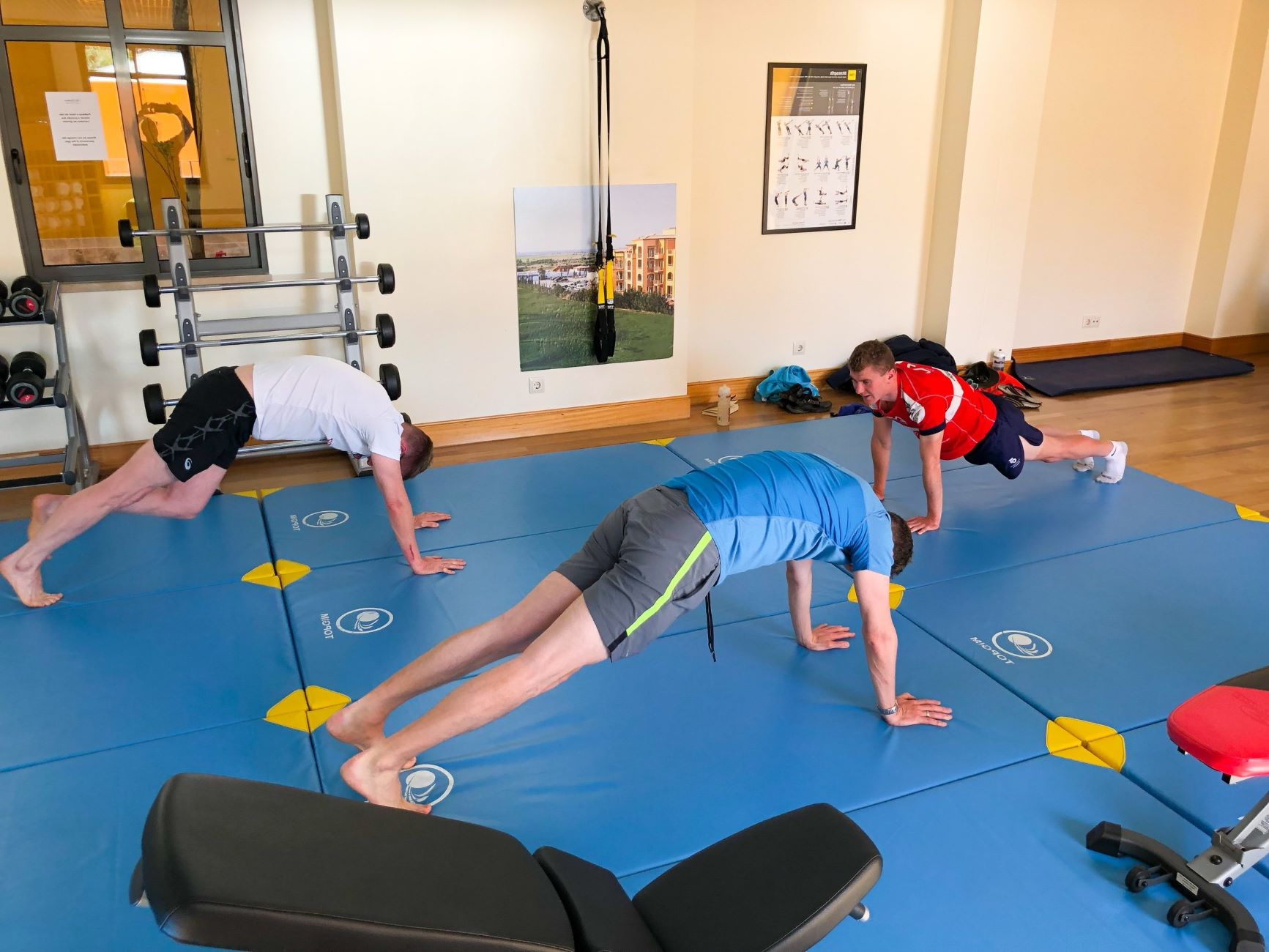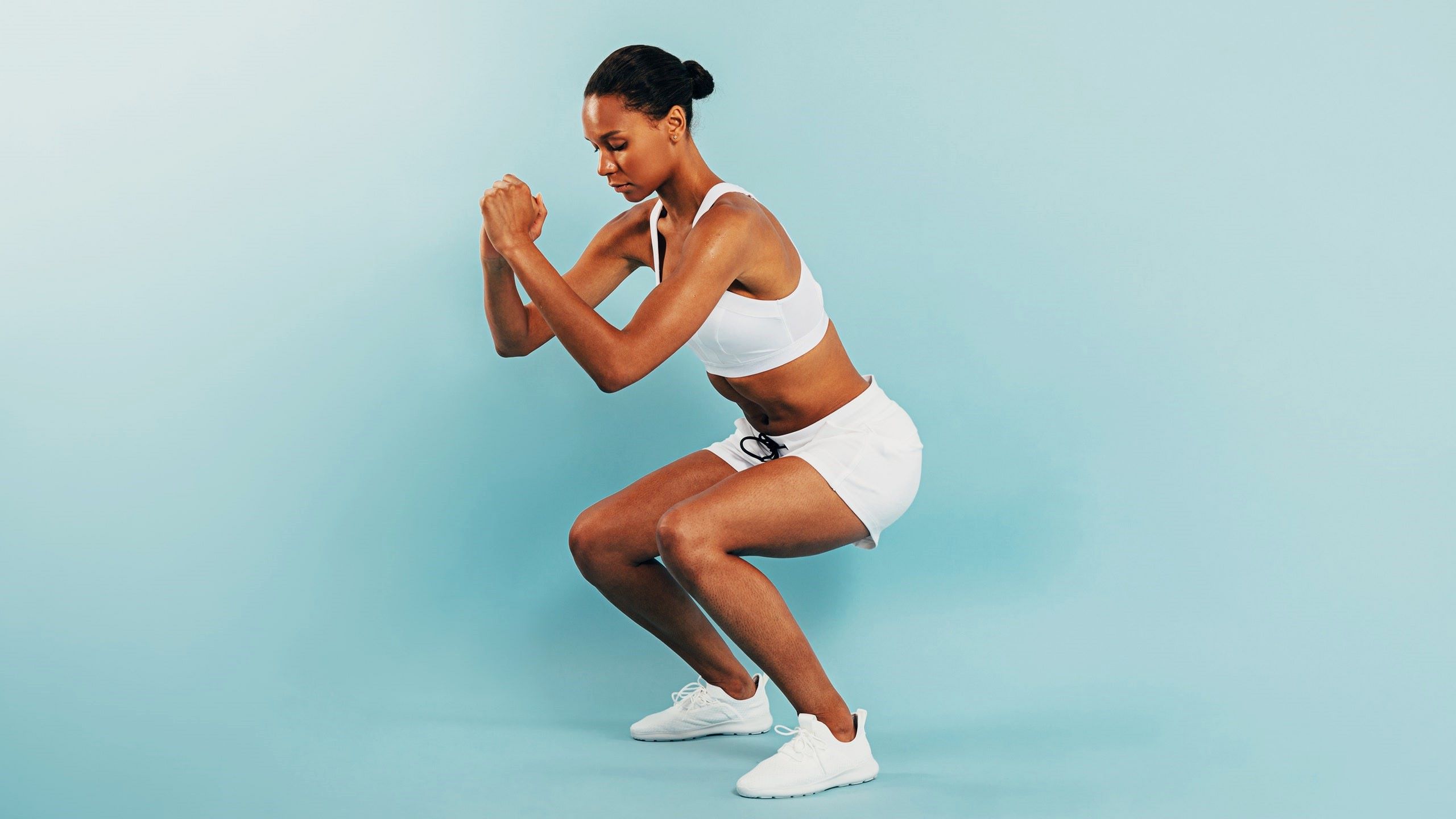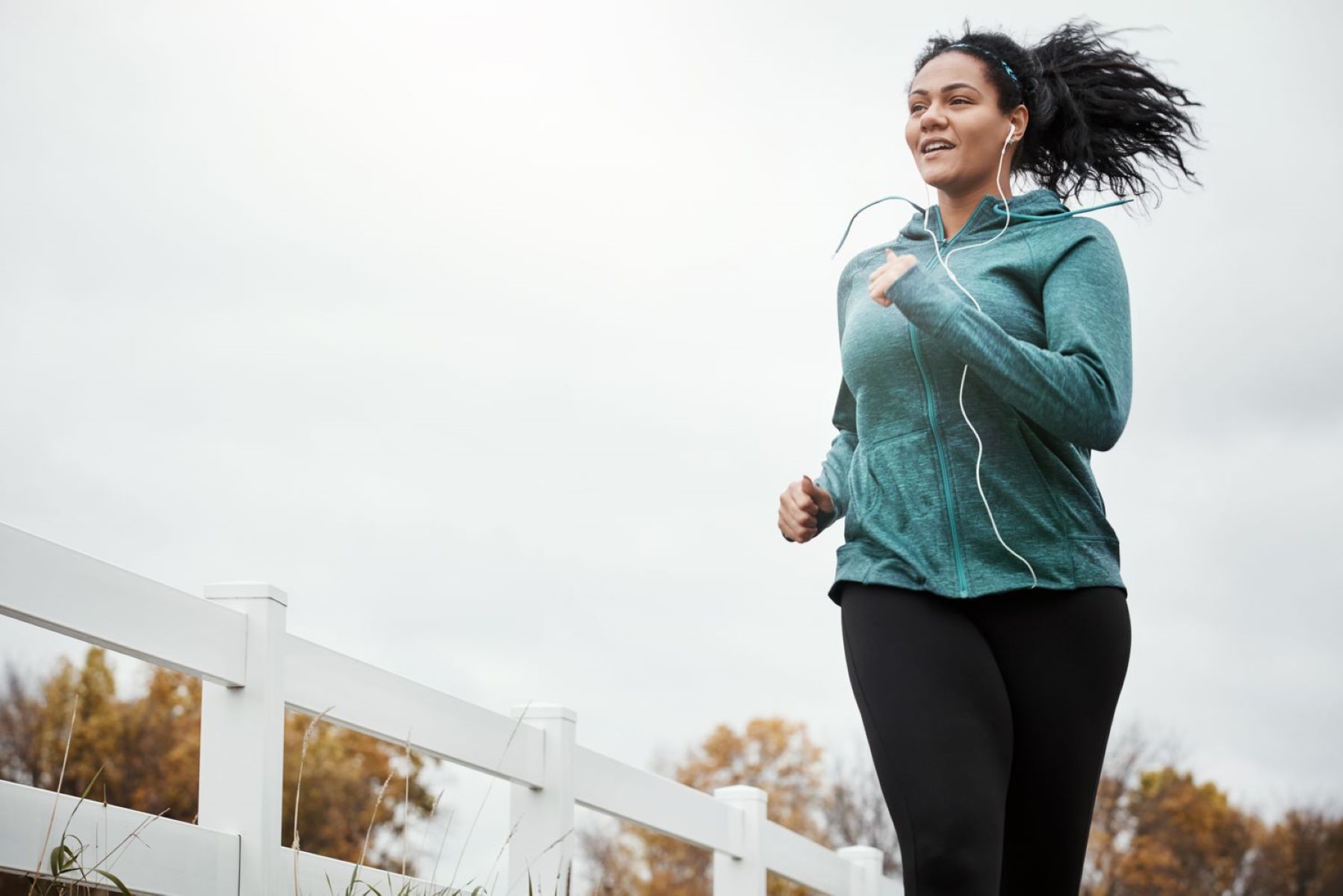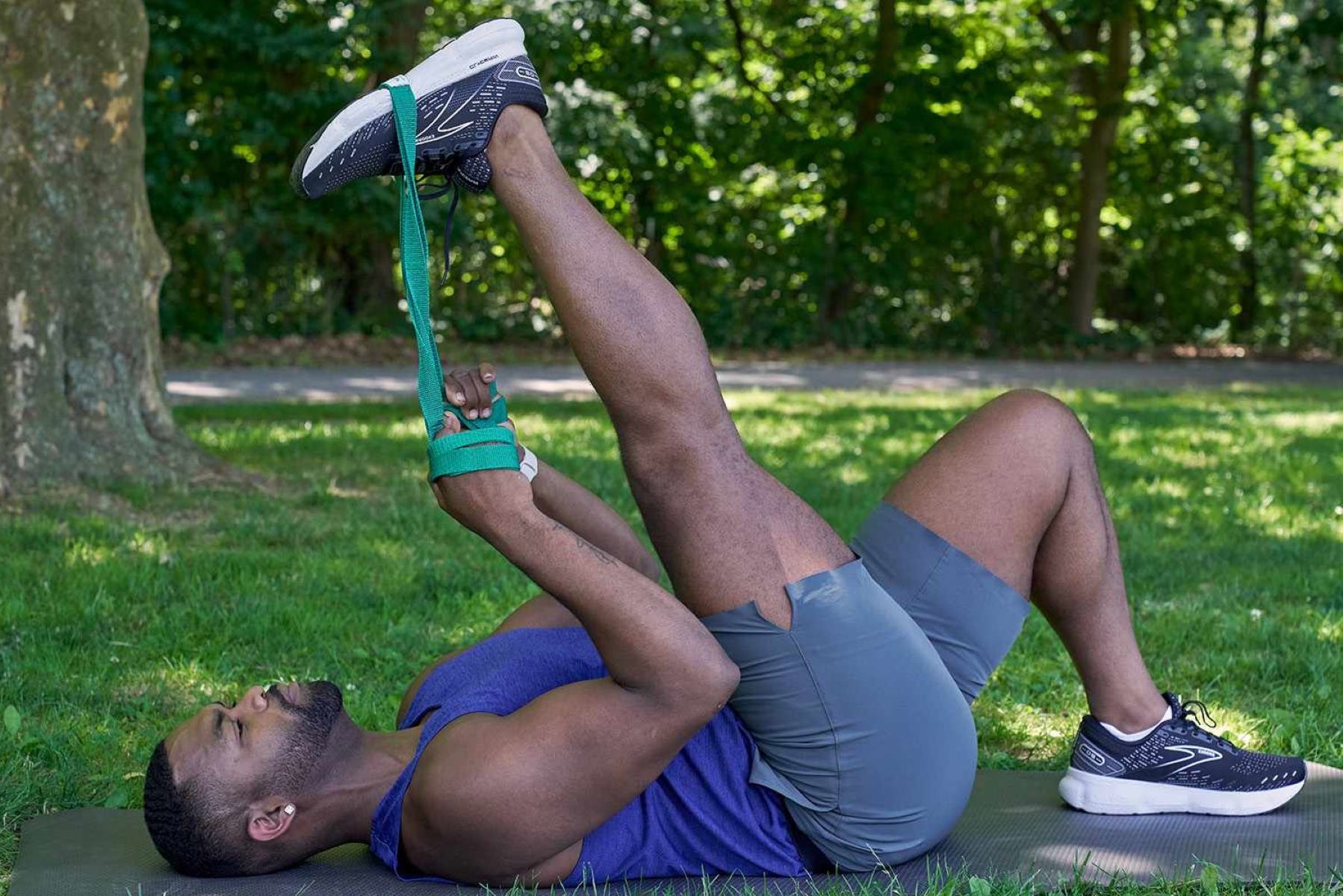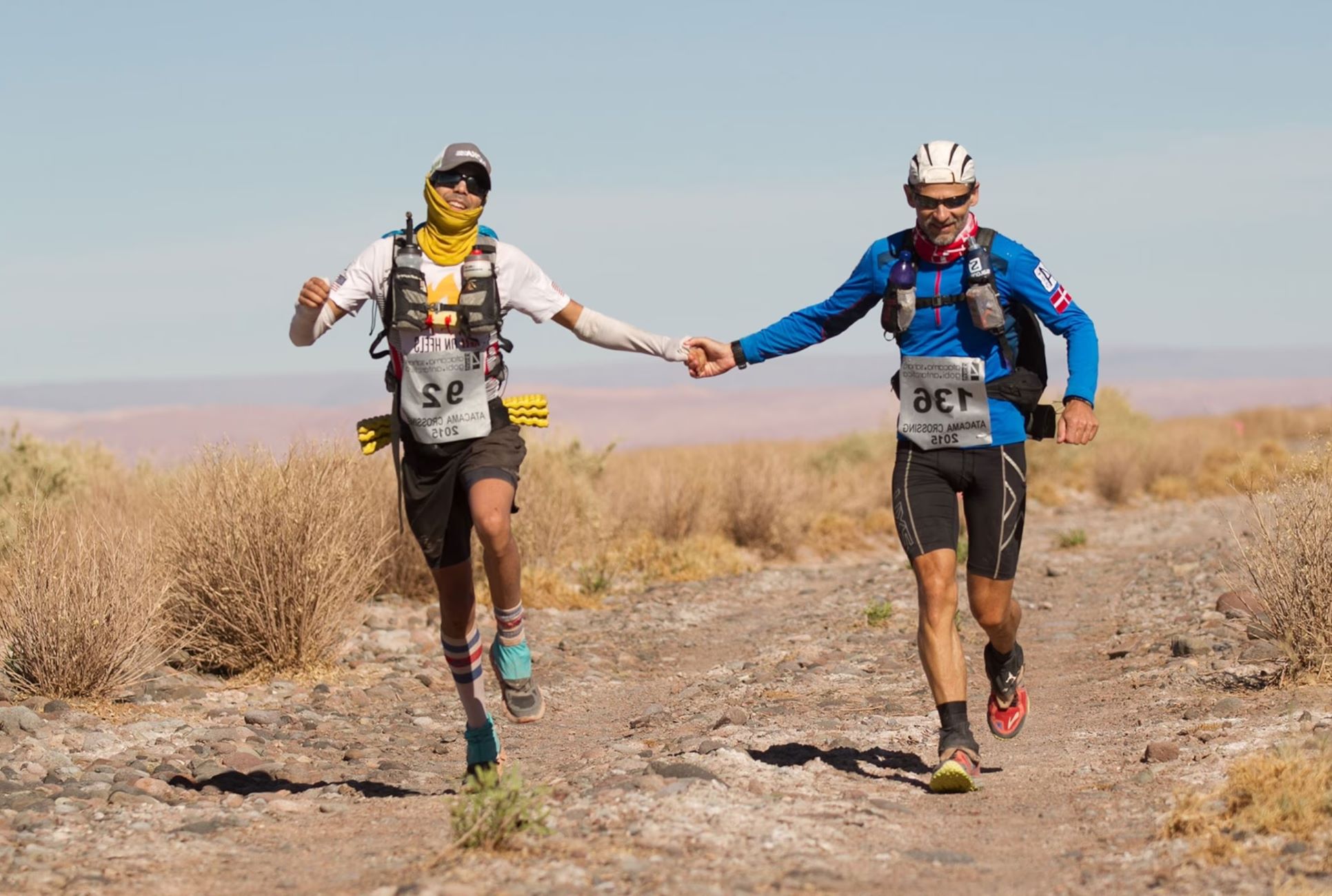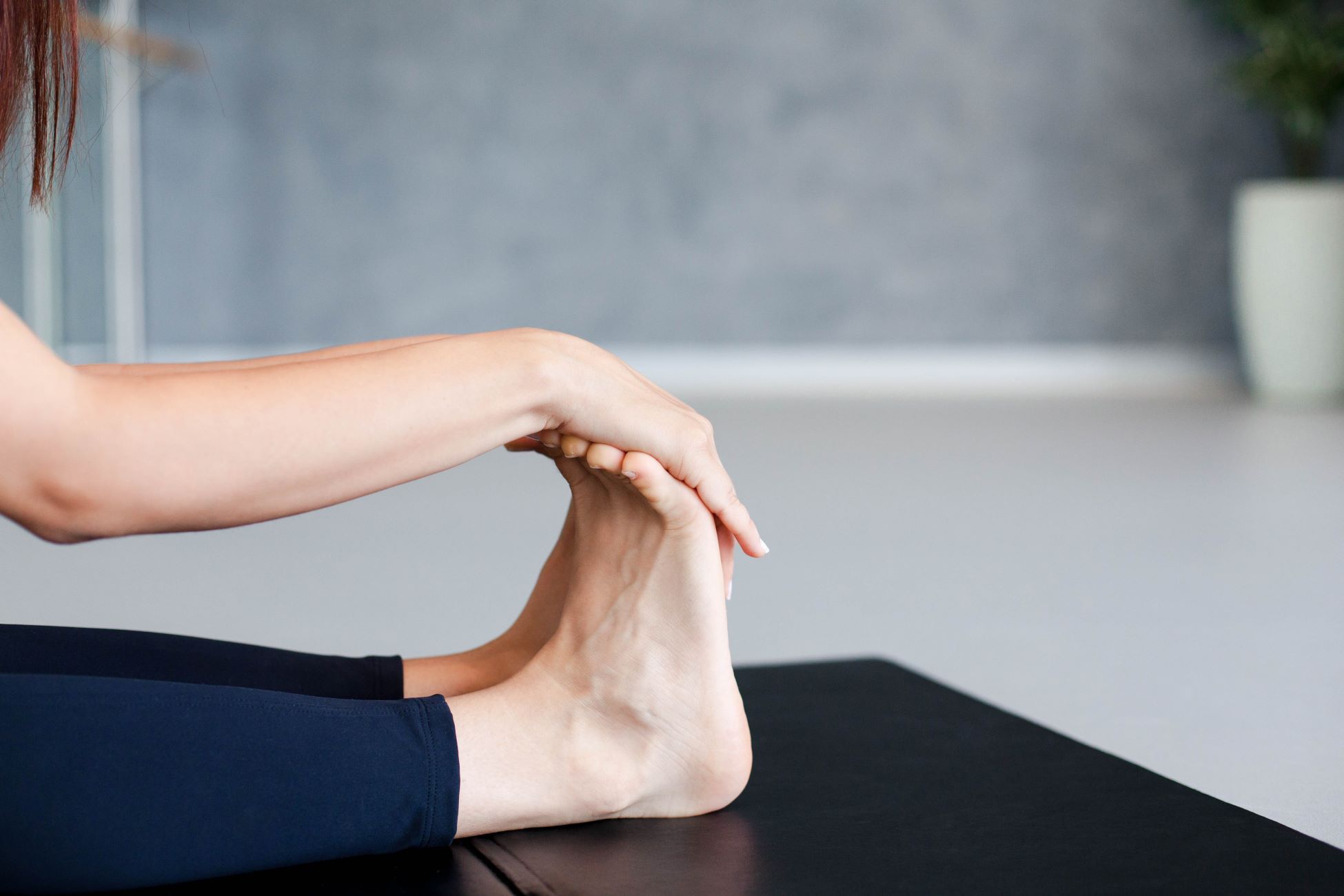Home>Health & Nutrition>Injury Prevention>Preventing And Treating Chafing: Essential Tips For Runners
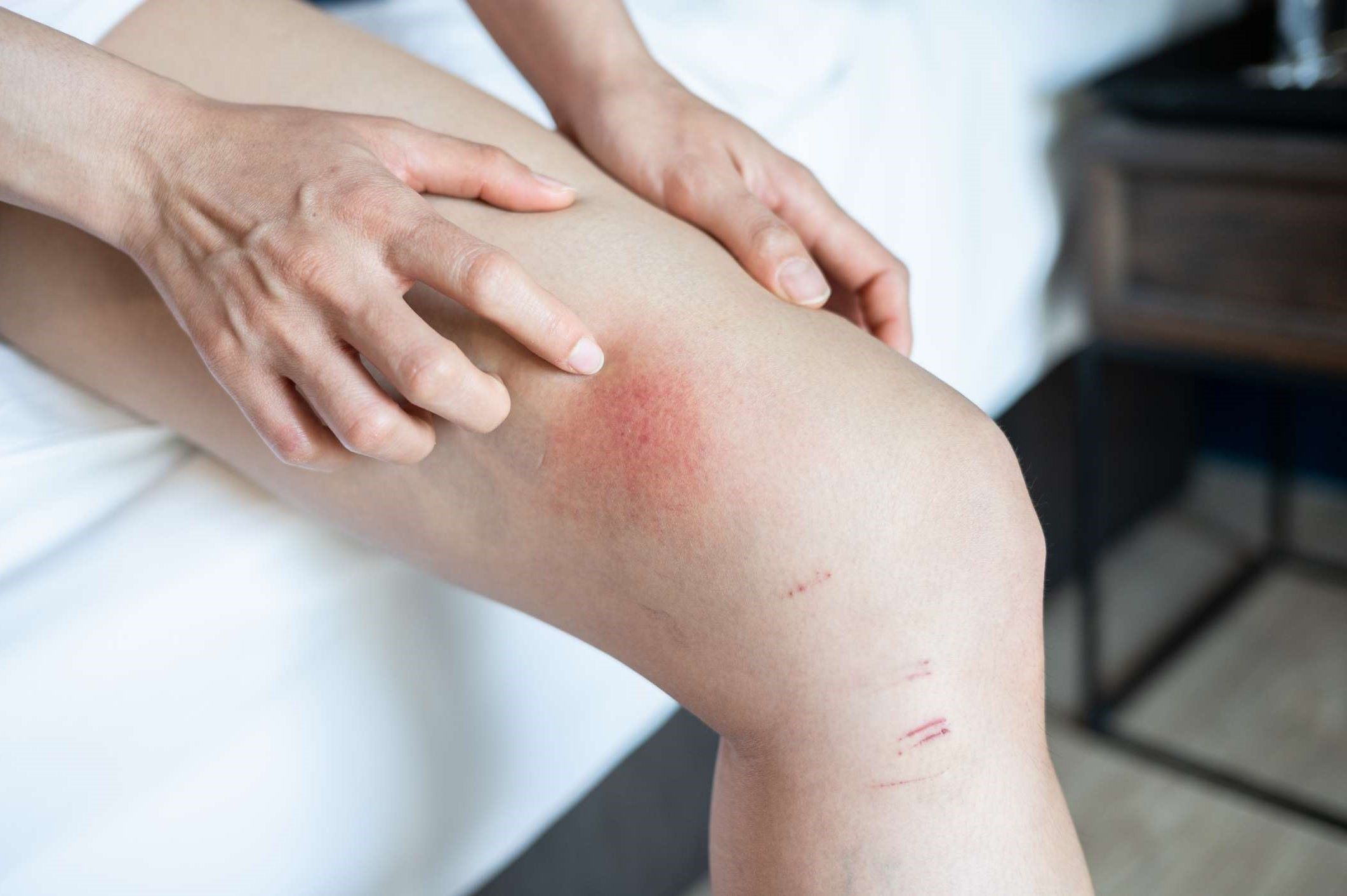

Injury Prevention
Preventing And Treating Chafing: Essential Tips For Runners
Published: February 24, 2024
Learn essential tips for preventing and treating chafing to keep your running routine on track. Discover injury prevention strategies for runners.
(Many of the links in this article redirect to a specific reviewed product. Your purchase of these products through affiliate links helps to generate commission for Therunningadvisor.com, at no extra cost. Learn more)
Table of Contents
Understanding Chafing: Causes and Symptoms
Chafing is a common issue for runners, caused by repetitive friction between the skin and clothing or other surfaces. Understanding the causes and recognizing the symptoms are crucial for effective prevention and treatment.
Causes of Chafing:
-
Friction: The primary cause of chafing is friction, which occurs when the skin rubs against clothing, straps, or other body parts during physical activity. This repetitive motion can lead to irritation and inflammation, particularly in areas where the skin folds or creases.
-
Moisture: Sweat and moisture can exacerbate chafing, as damp skin is more prone to friction and irritation. In humid conditions or during prolonged exercise, the risk of chafing increases significantly.
-
Ill-fitting Clothing: Wearing clothing that is too tight or made from abrasive materials can contribute to chafing. Seams, tags, or rough textures in fabric can further aggravate the skin, leading to discomfort and potential injury.
Symptoms of Chafing:
-
Redness and Irritation: Chafed skin often appears red and inflamed, signaling the presence of friction-induced irritation. This discomfort can range from mild to severe, depending on the extent of the chafing and the sensitivity of the skin.
-
Burning Sensation: As chafing progresses, a burning or stinging sensation may develop, causing additional discomfort and making physical activity challenging.
-
Blisters and Raw Skin: In severe cases, chafing can lead to the formation of blisters or raw patches on the skin. These areas are not only painful but also vulnerable to infection if not properly cared for.
Recognizing the causes and symptoms of chafing is the first step in effectively addressing this issue. By understanding how friction, moisture, and clothing contribute to chafing, runners can take proactive measures to prevent and alleviate this common ailment.
Preventing Chafing: Tips for Runners
Preventing chafing is a top priority for runners, as this discomfort can hinder performance and lead to prolonged recovery. By implementing proactive strategies, runners can minimize the risk of chafing and enjoy a more comfortable and rewarding experience. Here are essential tips for preventing chafing:
1. Proper Clothing Selection:
Choosing the right clothing is crucial for chafing prevention. Opt for moisture-wicking fabrics that reduce friction and keep the skin dry. Seamless and tagless garments are ideal, as they minimize potential areas of irritation. Additionally, consider wearing compression gear to reduce skin-to-skin contact and provide added support during physical activity.
2. Lubrication:
Applying a high-quality lubricant to areas prone to chafing can significantly reduce friction and irritation. Products such as petroleum jelly or specialized anti-chafing balms create a protective barrier, allowing the skin to glide smoothly against clothing and reducing the risk of discomfort.
3. Proper Hydration:
Staying adequately hydrated is essential for chafing prevention. Proper hydration helps maintain skin elasticity and reduces the likelihood of excessive friction. Ensure that you drink enough water before, during, and after your runs to support overall skin health and minimize the risk of chafing.
4. Body Glide or Anti-Chafing Products:
Utilize anti-chafing products such as Body Glide or similar balms designed specifically to reduce friction during physical activity. These products are formulated to create a protective layer on the skin, minimizing the impact of repetitive motion and reducing the risk of chafing.
5. Proper Fit of Clothing:
Ensure that your running attire fits properly and does not cause unnecessary friction. Avoid clothing that is too loose or too tight, as both can contribute to chafing. Pay attention to seams, tags, and potential areas of rubbing, and opt for well-fitted, comfortable clothing to minimize the risk of irritation.
6. Regular Skin Care:
Maintaining healthy skin is essential for chafing prevention. Keep the skin clean and moisturized, paying particular attention to areas prone to chafing. Regularly moisturizing the skin can help maintain its integrity and reduce the likelihood of irritation during physical activity.
By incorporating these preventive measures into your running routine, you can significantly reduce the risk of chafing and enjoy a more comfortable and rewarding experience. Prioritizing proper clothing, lubrication, hydration, and skin care can make a notable difference in preventing chafing and supporting overall skin health as a runner.
Treating Chafing: Remedies and Relief
When chafing occurs despite preventive measures, prompt and effective treatment is essential to alleviate discomfort and promote healing. Here are several remedies and relief strategies to address chafing:
1. Gentle Cleansing:
Begin by gently cleansing the affected area with mild soap and water to remove any sweat, debris, or irritants that may exacerbate the chafing. Pat the skin dry with a soft towel, avoiding rubbing or further aggravating the irritated area.
2. Moisturization:
Apply a soothing, fragrance-free moisturizer or healing ointment to the chafed skin. Look for products containing ingredients such as aloe vera, shea butter, or calendula, which possess anti-inflammatory and skin-soothing properties. Moisturization helps restore the skin's barrier function and promotes healing.
3. Cool Compress:
A cool compress can provide immediate relief by reducing inflammation and soothing the affected area. Gently apply a clean, cool, damp cloth to the chafed skin for 10-15 minutes, several times a day. This can help alleviate discomfort and promote healing.
4. Anti-Chafing Balms:
Utilize anti-chafing balms or creams specifically formulated to provide relief from chafing. These products often contain ingredients such as vitamin E, tea tree oil, or chamomile, which help calm and protect the irritated skin. Apply the balm generously to the affected area for soothing relief.
5. Protective Dressing:
For more severe cases of chafing, consider using a protective dressing or bandage to shield the affected area from further friction and irritation. Ensure that the dressing is breathable and does not exacerbate moisture buildup, which can impede the healing process.
6. Rest and Recovery:
Allow the chafed skin to rest and recover by minimizing activities that may exacerbate friction. If possible, refrain from wearing tight or constrictive clothing in the affected area to facilitate healing and prevent further discomfort.
7. Seek Medical Advice:
In cases where chafing leads to open sores, severe pain, or signs of infection, it is crucial to seek medical advice. A healthcare professional can provide appropriate treatment and ensure that the chafed skin heals effectively, reducing the risk of complications.
By implementing these remedies and relief strategies, individuals can effectively address chafing and promote healing. It is important to prioritize skin care and take proactive measures to prevent and treat chafing, ensuring a more comfortable and enjoyable running experience.
Choosing the Right Clothing and Gear for Chafing Prevention
Selecting the appropriate clothing and gear is paramount for preventing chafing and ensuring a comfortable running experience. The right attire not only minimizes friction but also provides support and protection for the skin. Here are essential considerations for choosing the right clothing and gear to prevent chafing:
1. Moisture-Wicking Fabrics:
Opt for moisture-wicking fabrics such as polyester or nylon blends that effectively draw sweat away from the skin. These materials help keep the skin dry, reducing the likelihood of chafing caused by moisture and friction. Additionally, moisture-wicking fabrics are breathable, promoting air circulation and minimizing the risk of skin irritation.
2. Seamless and Tagless Design:
Look for running apparel with seamless and tagless designs to minimize potential areas of irritation. Seams and tags can rub against the skin, leading to discomfort and chafing during physical activity. Choosing garments without these features reduces the risk of friction-induced irritation, enhancing overall comfort.
3. Compression Gear:
Consider incorporating compression gear into your running attire. Compression shorts, leggings, or shirts provide a snug fit that reduces skin-to-skin contact, minimizing the potential for chafing. Additionally, compression gear offers muscle support and enhances blood circulation, contributing to a more comfortable and efficient running experience.
4. Proper Fit:
Ensure that your running clothing fits properly without being too loose or too tight. Ill-fitting attire can contribute to chafing by causing unnecessary friction against the skin. Pay attention to the fit of shorts, shirts, sports bras, and socks, prioritizing comfort and freedom of movement while minimizing the risk of irritation.
5. Protective Accessories:
Incorporate protective accessories such as moisture-wicking headbands, sweat-wicking socks, and supportive sports bras into your running gear. These accessories not only enhance comfort but also reduce the impact of moisture and friction, contributing to chafing prevention in key areas of the body.
6. Anti-Chafing Undergarments:
Consider wearing anti-chafing undergarments designed specifically to reduce friction and provide additional support. These undergarments are crafted from smooth, moisture-wicking fabrics and are tailored to minimize skin irritation, particularly in areas prone to chafing such as the inner thighs and underarms.
By prioritizing the selection of moisture-wicking fabrics, seamless designs, compression gear, proper fit, protective accessories, and anti-chafing undergarments, runners can effectively minimize the risk of chafing and enjoy a more comfortable and rewarding running experience. Choosing the right clothing and gear is a proactive step toward chafing prevention, supporting overall skin health and performance during physical activity.
Hydration and Nutrition for Chafing Prevention
Proper hydration and nutrition play a pivotal role in chafing prevention for runners. Maintaining optimal hydration levels and supporting the body with essential nutrients not only enhances overall performance but also contributes to skin health, reducing the risk of chafing during physical activity.
Hydration:
Staying adequately hydrated is fundamental for skin health and chafing prevention. Dehydration can compromise the skin's elasticity, making it more susceptible to friction and irritation. As runners engage in prolonged physical activity, fluid loss through sweat increases, underscoring the importance of replenishing lost fluids to support skin integrity.
To maintain proper hydration, it is recommended that runners consume an adequate amount of water before, during, and after their runs. Pre-hydration prepares the body for the upcoming physical exertion, while consistent hydration during the run helps offset fluid loss and supports skin function. Post-run hydration aids in replenishing lost fluids and facilitates the body's recovery process, promoting skin health and minimizing the risk of chafing.
In addition to water, incorporating electrolyte-rich beverages or sports drinks can be beneficial, especially during longer runs or in hot and humid conditions. Electrolytes help maintain fluid balance in the body, supporting proper hydration and minimizing the impact of excessive sweating on the skin.
Nutrition:
A well-rounded and balanced diet is essential for skin health and chafing prevention. Nutrient-dense foods provide the body with essential vitamins, minerals, and antioxidants that support skin integrity and resilience. Incorporating the following key nutrients into the diet can contribute to chafing prevention:
-
Vitamin C: Known for its role in collagen synthesis, vitamin C supports skin strength and elasticity. Citrus fruits, bell peppers, strawberries, and leafy greens are excellent sources of vitamin C.
-
Vitamin E: As a powerful antioxidant, vitamin E helps protect the skin from oxidative stress and inflammation. Nuts, seeds, and vegetable oils are rich in vitamin E and can be included in a runner's diet to support skin health.
-
Omega-3 Fatty Acids: Found in fatty fish, flaxseeds, and walnuts, omega-3 fatty acids possess anti-inflammatory properties that can benefit the skin, reducing the likelihood of irritation and chafing.
-
Zinc: This mineral plays a crucial role in skin repair and maintenance. Incorporating zinc-rich foods such as lean meats, legumes, and seeds supports skin resilience and aids in chafing prevention.
By prioritizing hydration and nutrition, runners can proactively support their skin health and minimize the risk of chafing. Adequate hydration and a nutrient-rich diet not only contribute to overall well-being but also play a significant role in maintaining skin integrity, promoting comfort, and enhancing the running experience.
Conclusion: Taking Care of Your Skin as a Runner
As a runner, prioritizing skin care is essential for maintaining comfort, promoting performance, and minimizing the risk of chafing. By understanding the causes and symptoms of chafing, implementing preventive measures, and embracing proper hydration and nutrition, runners can proactively support their skin health and enjoy a more rewarding running experience.
Taking care of your skin goes beyond the prevention and treatment of chafing; it encompasses a holistic approach to overall skin health. From selecting the right clothing and gear to nourishing the skin from within, every aspect of skin care contributes to a runner's well-being and performance.
The journey to effective skin care as a runner begins with awareness. Understanding the factors that contribute to chafing and recognizing the early symptoms empowers runners to take proactive measures. By choosing moisture-wicking fabrics, utilizing lubricants and anti-chafing products, and prioritizing proper hydration, runners can significantly reduce the risk of chafing and discomfort.
Furthermore, the selection of appropriate clothing and gear plays a pivotal role in chafing prevention. Seamless designs, compression gear, and anti-chafing undergarments provide essential support and protection, minimizing friction and irritation during physical activity. By investing in high-quality, well-fitted attire, runners can prioritize their skin health and elevate their running experience.
Hydration and nutrition are equally crucial components of skin care for runners. Maintaining optimal hydration levels and supporting the body with essential nutrients not only enhances overall performance but also contributes to skin health. By incorporating a balanced diet rich in skin-supporting nutrients and prioritizing consistent hydration, runners can fortify their skin's resilience and reduce the likelihood of chafing.
In essence, taking care of your skin as a runner is a multifaceted commitment to overall well-being. It involves proactive measures, informed choices, and a holistic approach to skin health. By embracing these principles and integrating them into your running routine, you can elevate your comfort, performance, and enjoyment, ensuring that your skin remains healthy and resilient throughout your running journey.

